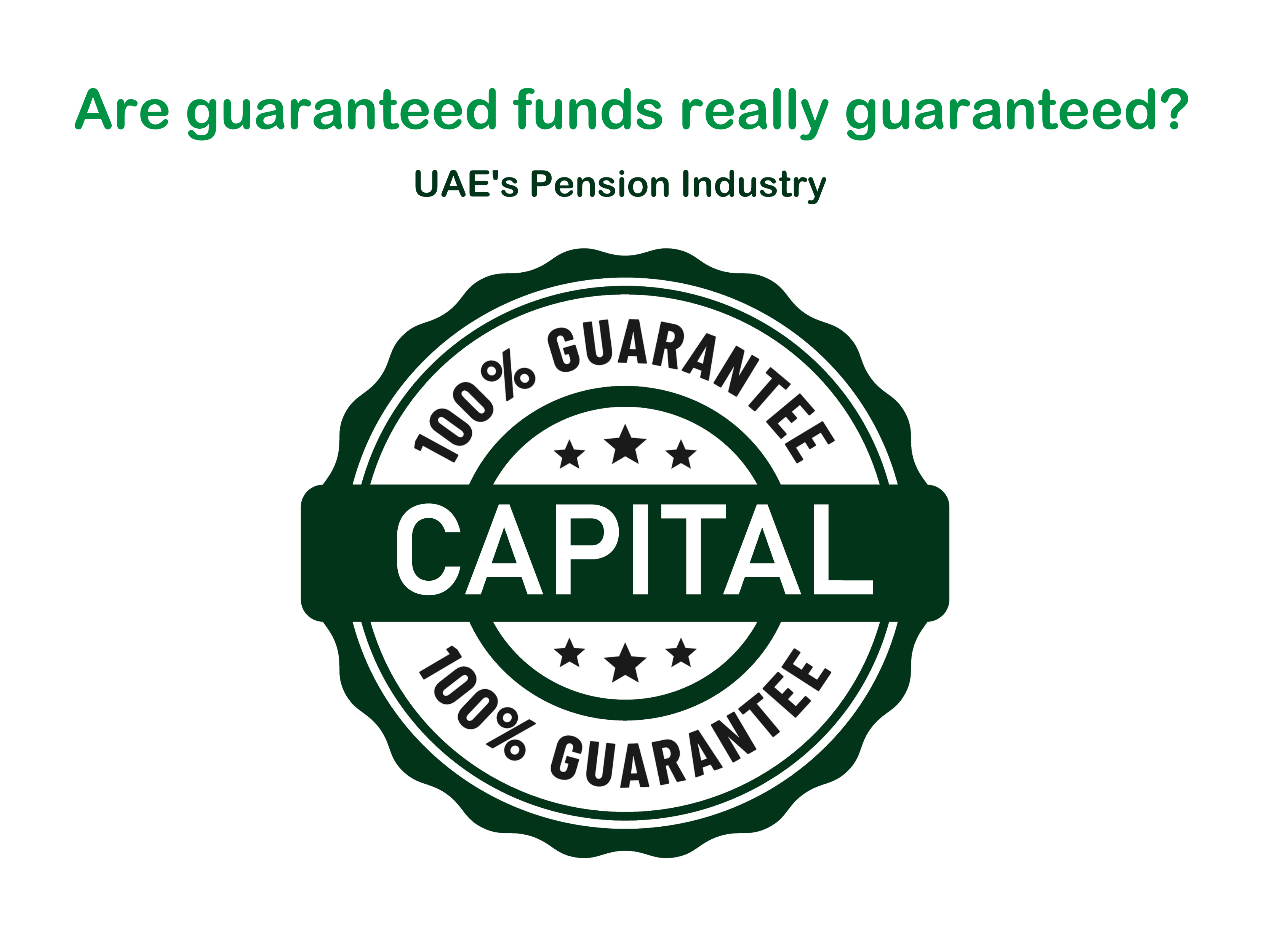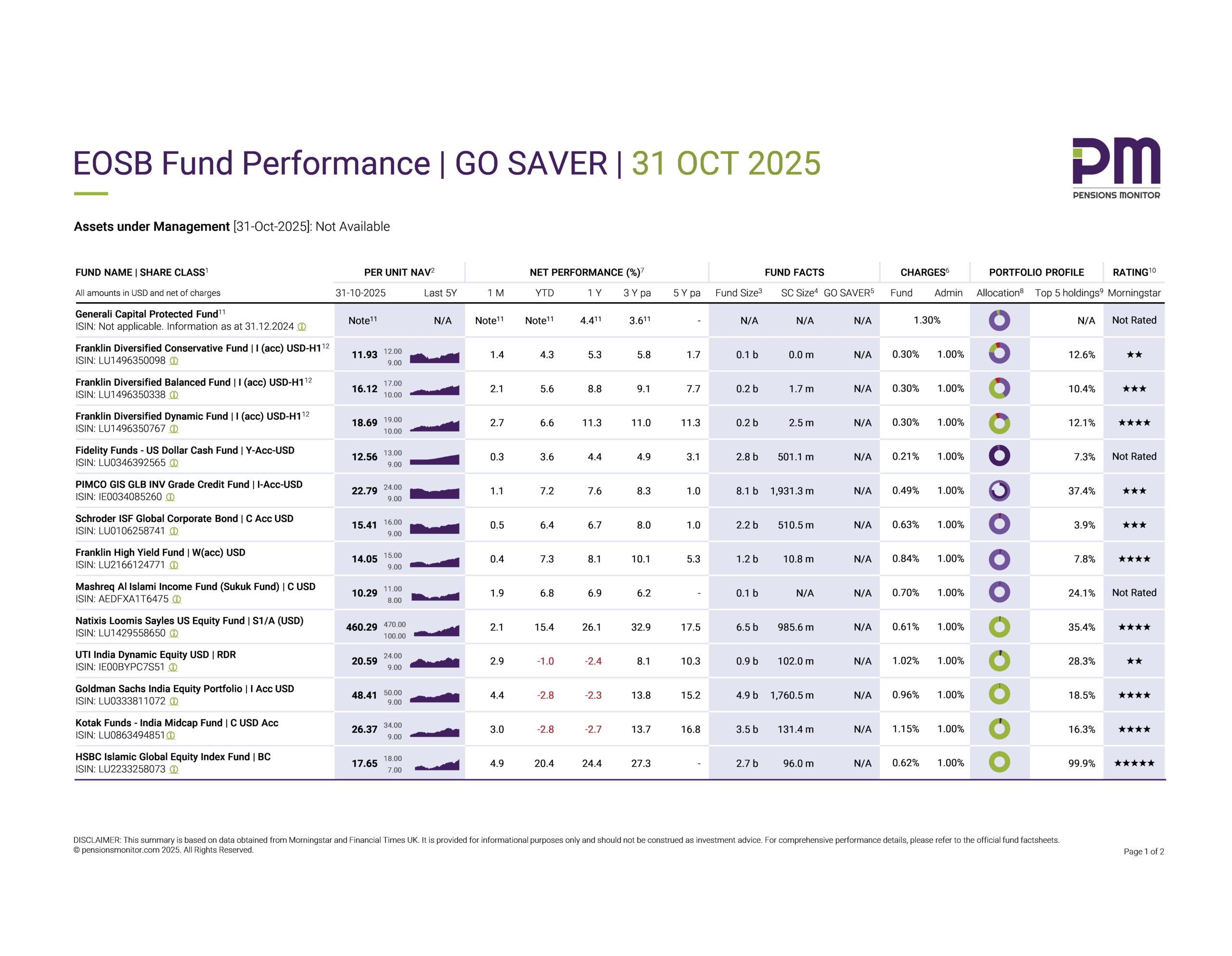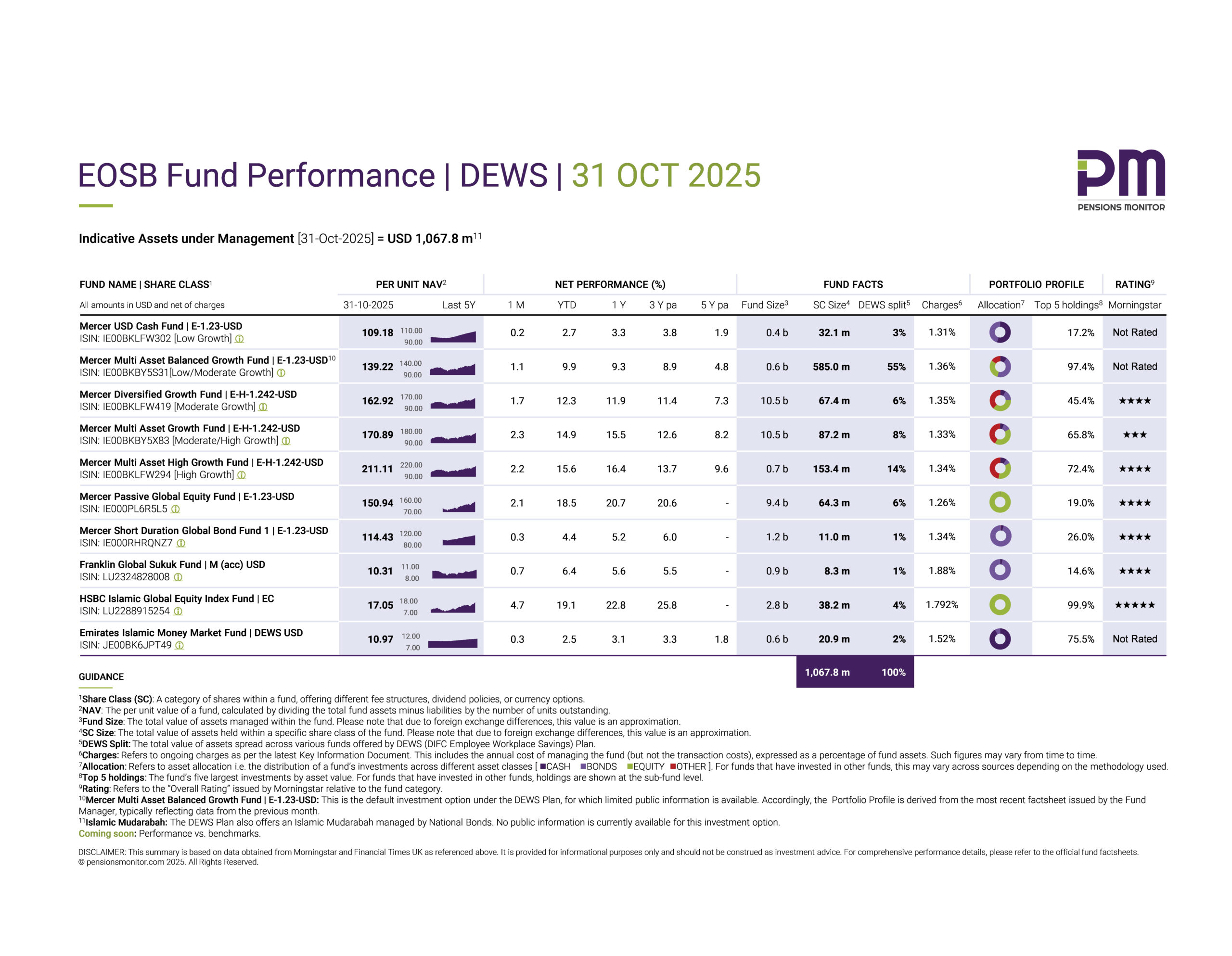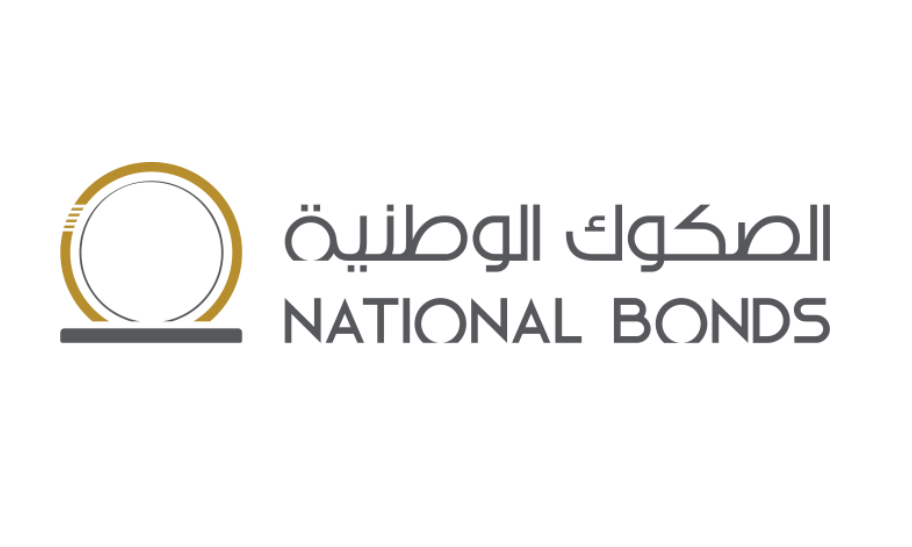
One key feature of the new End-of-Service Savings scheme (aka, Cabinet Resolution 96) is that each provider must offer a “capital guarantee” option. Everyone likes a no-risk investment opportunity of course – but let’s examine a bit more closely what these funds are, how they work, the alternatives and their drawbacks.
Government debt-based funds
The first option is based on highly secure bonds (e.g., government debt). One knows for sure that the coupon payments will accumulate over time, and upon maturity the debt will be redeemed. The upside is that this is as secure as the underlying issuer (e.g., the United States Treasury, or the Central Bank of UAE). The downside, however, is that these funds do not take inflation into account. For example, let’s say you invest 100 Dirhams into such a fund that pays 4%. After 3 years you get 112 Dirhams (100 x 1.04^3). However, if inflation stands at 10%, then after 3 years the price of a meal increases from (say) 100 Dirhams to 133 Dirhams. Effectively your investment was not able to keep pace with the price inflation, even though it made a small profit nominally.
This effect needs to be taken into account when considering the default “guaranteed fund” option under the new End-of-Service Savings scheme that only requires approved fund managers to guarantee the principal investment (i.e., the sum of all employer contributions and voluntary contributions). In a medium to high inflation scenario, this option effectively leaves employees out of pocket.
Another downside of such bond-base funds is that they might suffer temporary price declines due to interest rate movements. For instance, the price of bonds instantly falls if interest rates rise. Of course, upon maturity a debt holder will get the debt redeemed in full, however, right now the price of such a bond will have dropped. That usually doesn’t matter – except when the fund is faced with redemption requests, and is forced to sell some of its holdings prematurely. In such a scenario funds will incur losses, and investors in such a “guarantee fund” might face a painful haircut. Not much of a guarantee then!
Money market funds
Money market funds are a variant of such funds. They differ from more general debt funds in that they focus on very short-term debt (to be repaid in weeks or months), and only include government debt (e.g., US Treasury bills, or UAE sovereign debt) or other highly secure debt. This means that they carry the same risks as outlined above, but to a lesser extent. Therefore, such funds are typically classified as having the lowest risk possible among investment funds.
Funds with hedging derivatives
Another option is to base it on for e.g., a stock market index (or government debt fund), complemented with so-called hedging derivatives protecting against stock market falls. What exactly are those derivatives? Essentially, they are a kind of “insurance“, a highly volatile financial instrument that yields a profit in case for e.g., interest rates rise or fall. This payoff then is used to offset the losses on the principal for e.g., a debt fund, or a stock market index.
However, there are potential drawbacks. First of all, these hedging instruments (derivatives) are not cheap, and eat a good chunk of your return. Secondly, all these hedging instruments are priced upon certain assumptions – it can happen that the gyrations of the stock market are so wild that these derivatives “blow up” and leave the issuer with a big bill. This is not as fanciful as it sounds, the last time that happened was during COVID when the Allianz Alfa fund blew up, with Allianz having to pay over USD 6bn in penalties and compensation. The good news in this case was that Allianz have deep pockets and were able to write that USD 6bn cheque easily, however, one could imagine scenarios where a smaller institution would just go into bankruptcy leading to retail investors being out of pocket.
So, which funds will be made available in the UAE as “Guarantee Funds”?
We believe the UAE Securities & Exchange Commission (SCA) will adopt a pragmatic way, and consider as “Guarantee Fund” all funds that are based on either money market or highly secure bonds (e.g., issued by the Central Bank of UAE). Doing so offers investors a very low risk and locally managed solutions. The only risks consumers face in this context is potential temporary pricing risk in case of high volumes of redemption and concurrent interest rate rises.
The bigger risk, however, is that these funds do not provide an attractive investment return. Remember: risk and return go hand in hand. If you invest in the lowest risk option, this means you also achieve the lowest possible return. Over the time horizon of employment this could be significant, and many employees may end up with a disappointing payout which is below the rate of inflation.
So far only two Capital Protection Funds have been launched under the new End-of-Service Savings scheme by Daman Investments. We understand that these funds will largely invest in deposits with local A rated banks with a projected gross yield of ~5% (i.e., before charges).
Other contenders that have already obtained in-principle approval to enter this market include Lunate and Hayah Insurance as announced previously.
We at Pensions Monitor will watch this space closely and share more details when it becomes available.





